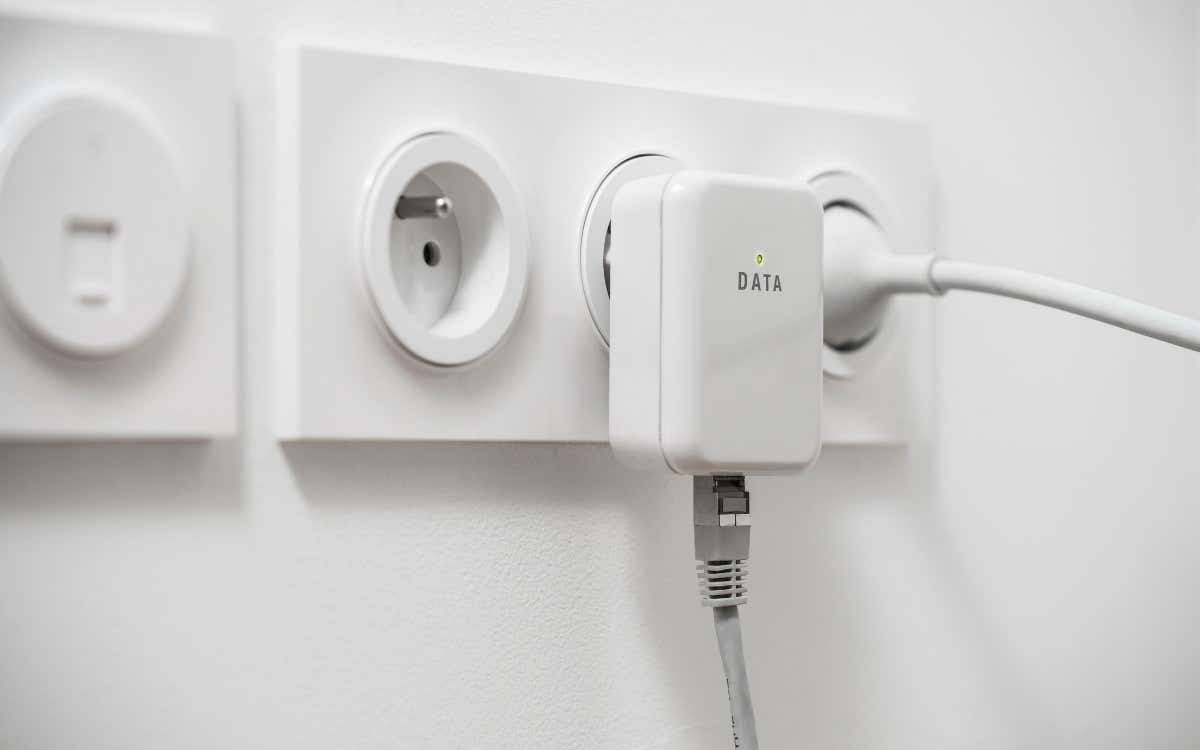When you’re trying to score that perfect headshot, even a little bit of lag can get in the way. Your router might work well enough, but what if you could optimize it to get better performance while gaming?
You don’t need a gaming router to cut down your time to kill (TTK). You just need to tweak a few router settings so that your gaming traffic takes priority. Changing most network settings can be done from the router’s access page – here’s how you can optimize it.
Gaming Routers vs. Standard Routers
Despite all the marketing talk of “lightning fast speed” and “enhanced lag,” gaming routers aren’t that much different than a run-of-the-mill router. The common differences lie in a few features that can actually give someone better performance while gaming.
Quality of Service, or QoS, is a feature that prioritizes traffic from gaming devices over all other traffic on the network. For example, if you were downloading something and started to play a game, your download speed would drop, while your multiplayer experience would remain largely unaffected.
There are several different names for this service, but you might know it as StreamBoost – one of the most popular iterations of the QoS service.
Some gaming routers might also include a processor and RAM for onboard processing, as well as less-common wireless standards. Despite all of these features, they aren’t a necessity. The router you have at home can probably deliver similar performance without the need to pay the additional cost for a “gaming”-branded device. Remember, there is no “best router” – just choices that might be better for a given situation.
Steps to Optimize Your Router for Better Gaming
Don’t let lag affect your score.
1. Connect to Ethernet Vs Wi-Fi
When at all possible, connect your game console or gaming computer through an Ethernet port instead of using Wi-Fi. A wired connection – especially Gigabit Ethernet – always outperforms wireless connections and provides higher speeds and more consistent latency rates.
2. Use Updated Wi-Fi Standards
All Wi-Fi is not created equal. Most modern routers use dual-band Wi-Fi 6 connections. This means better performance over Wi-Fi and higher maximum speeds, even over longer distances. If your router isn’t Wi-Fi 6 compatible, you can still get better performance. Make sure to enable the 5GHz band and use it over the 2.4GHz band.
3. Rearrange Your Setup
If you live in a larger house, then your router placement might need to be changed. If you’re gaming over Wi-Fi, try to ensure the router is no more than a room away from any connected devices. A device found far from the router has a greater chance of disconnects and will experience lower speeds.
If you can’t physically move your router closer, invest in powerline adapters. These devices use your home’s wiring system. Plug one into the wall beside your router and the other near your device. It functions like a LAN and can help overcome distance-induced latency. You can also purchase range extenders to create better coverage through your home.
4. Allow UPnP
Universal Plug-and-Play is a feature that automatically handles port forwarding on your router. This feature streamlines performance when gaming and reduces the amount of manual port manipulation you have to do, but there are downsides. UPnP can allow unwanted traffic on your network, too. If you’re comfortable allowing that security risk, it’s an easy way to improve your speeds.
5. Enabled QoS
If your router has Quality of Service as a feature, enabling it will improve performance. Online gaming traffic will take priority over something like a video call. Many times, QoS functions automatically. It will only slow down other traffic on the network when you’re gaming.
6. Take Advantage of MU-MIMO
MU-MIMO stands for “Multi-user, multiple input, multiple output.” When multiple users are on the same network, the router services each one individually. If you enable MU-MIMO, your router creates a series of smaller networks that allows it to work with all connected devices at the same time.
MU-MIMO allows for more efficient usage of bandwidth and improves speeds for all users on the network.
7. Update Your Router
Make sure your router’s firmware is up to date. Firmware updates unlock new features, patch security holes, and improve performance. Take the time to enable automatic updates for your router, but keep an eye on the firmware versions from the company.
If your router is no longer receiving firmware updates and isn’t supported, then it’s time to buy a new router.
8. Optimize Your Wi-Fi Network
The two most common Wi-Fi bands are 2.4GHz and 5GHz. As a result, there’s going to be some overlap between Wi-Fi signals. The 2.4GHz band only uses 11 channels in the United States, but only three of those channels are specifically designed not to overlap with one another.
The 5GHz band has 23 non-overlapping channels. Think of it like a highway: one option has 3 fast lanes, while another has 23 fast lanes. For best results, use one of the empty lanes. You can download a Wi-Fi analyzer to measure which band has the least traffic and set that to be your primary gaming channel.
9. Use a Dedicated Router
In many cases, your ISP will provide you with a modem that might contain a built-in router. These don’t always provide the best performance, especially if you’ve already invested in a higher-end ASUS or TP-Link option. In situations like this, just disable the on-router modem and use your own router to handle all network traffic.
All of these steps can help optimize your router for a better gaming experience. Ultimately, it boils down to a few easy steps. If nothing else, perform a speed test on your phone at different points in your home to figure out where your network is strongest. That will give you an idea of where to set up your gaming devices so you have the least interference on your home network.
Related Posts
- How to Repair a Corrupted User Profile in Windows 11
- Preparing for Windows 10 End of Support: Upgrading to Windows 11
- How to Access and Change Your WiFi Router Settings (2025 Edition)
- How to Install the Latest Large Language Models (LLMs) Locally on Your Mac
- How to Find Circular References in Microsoft Excel




